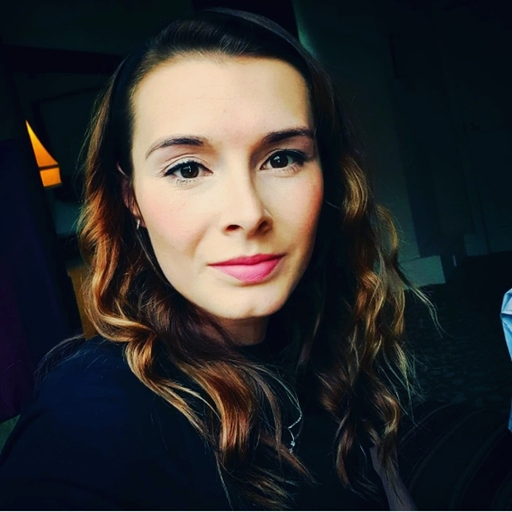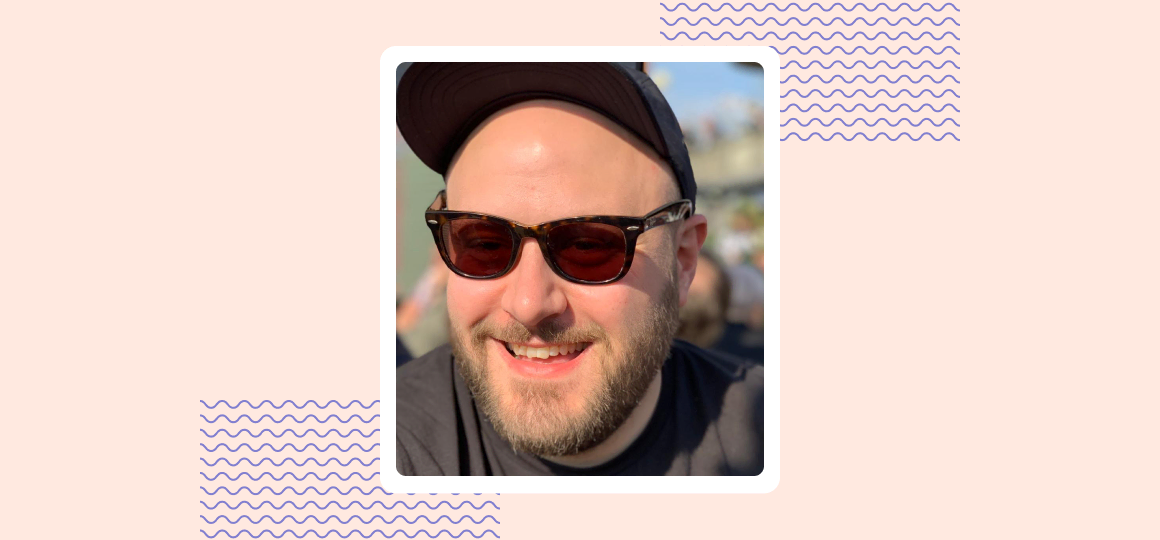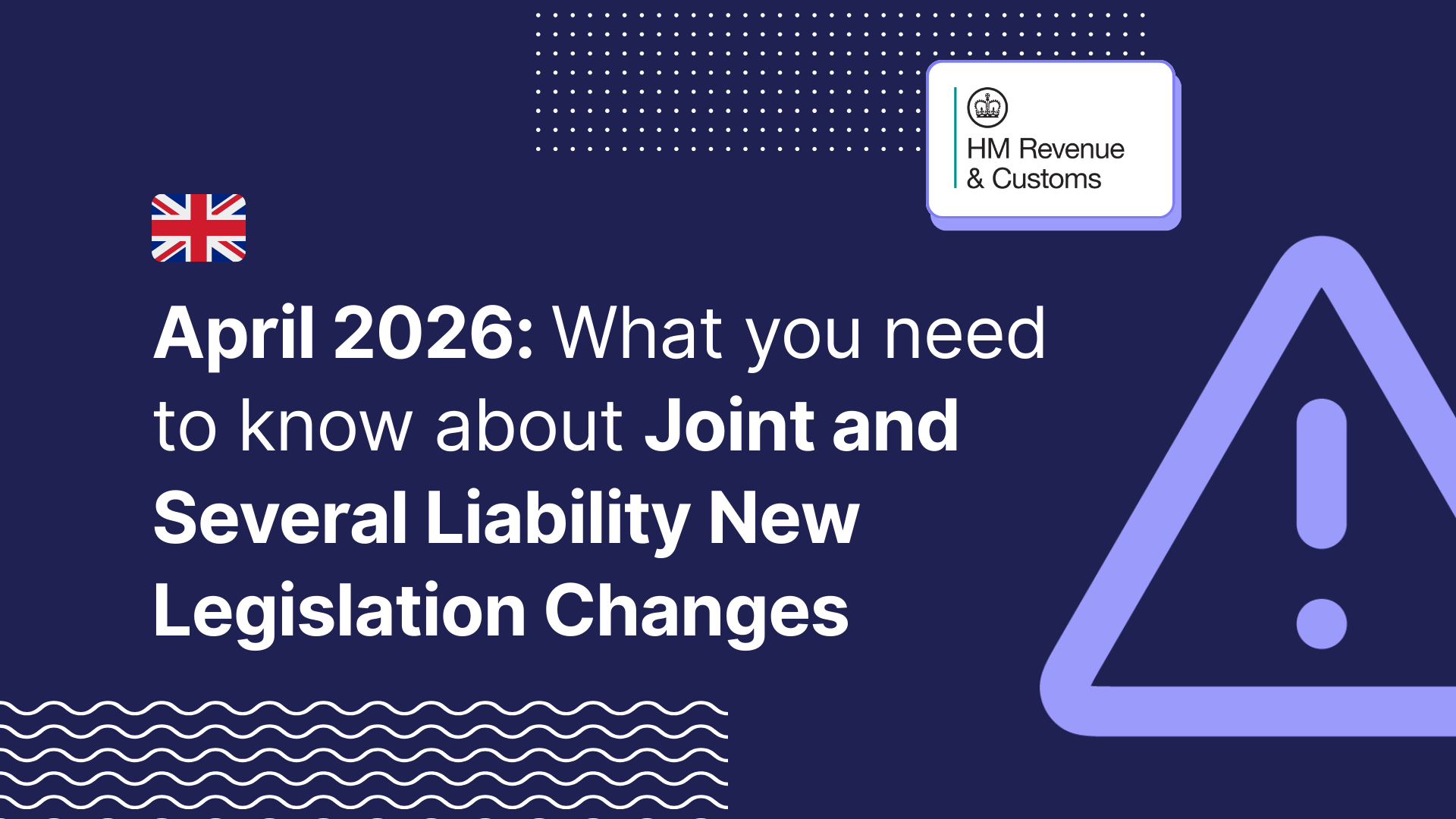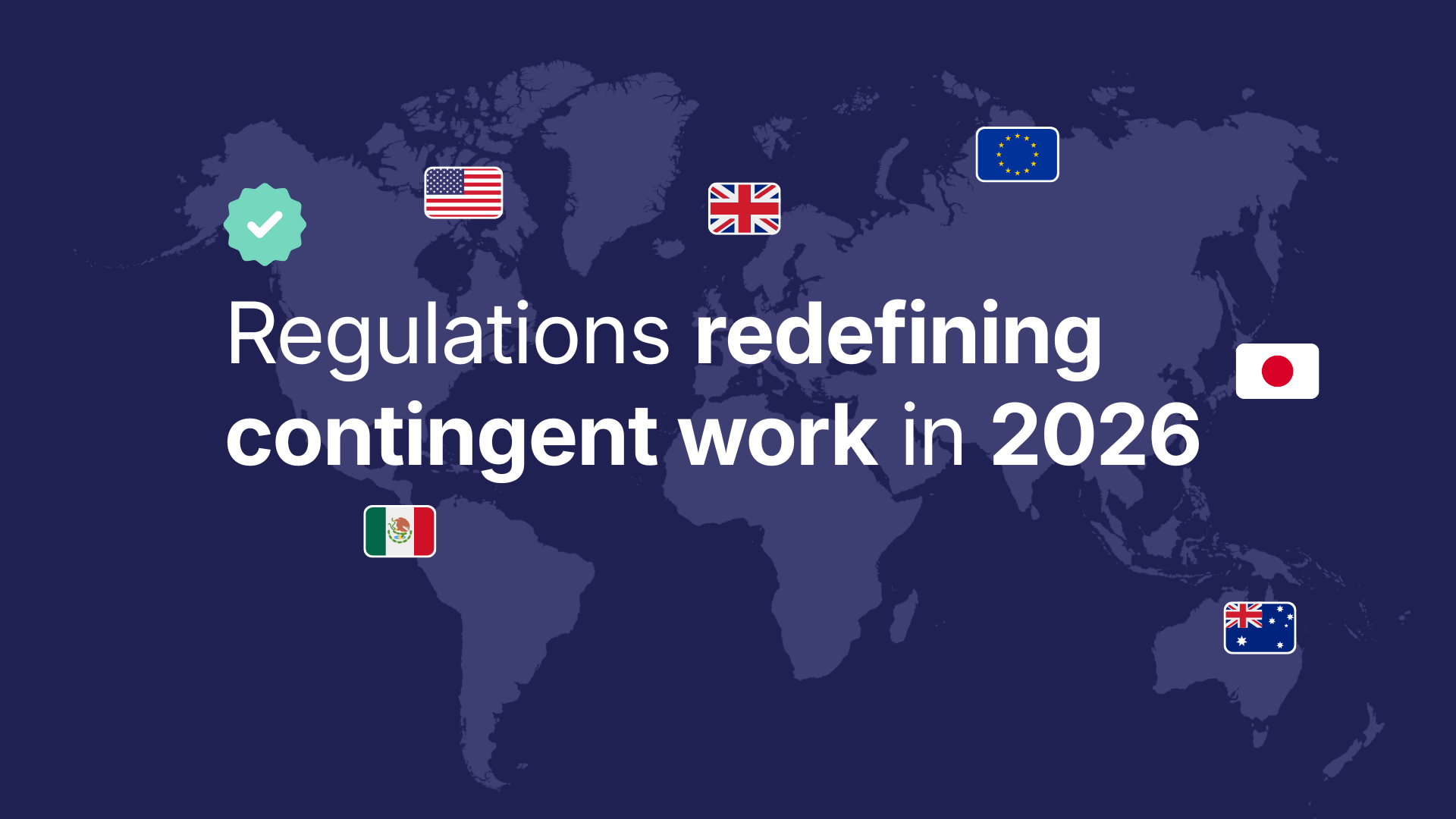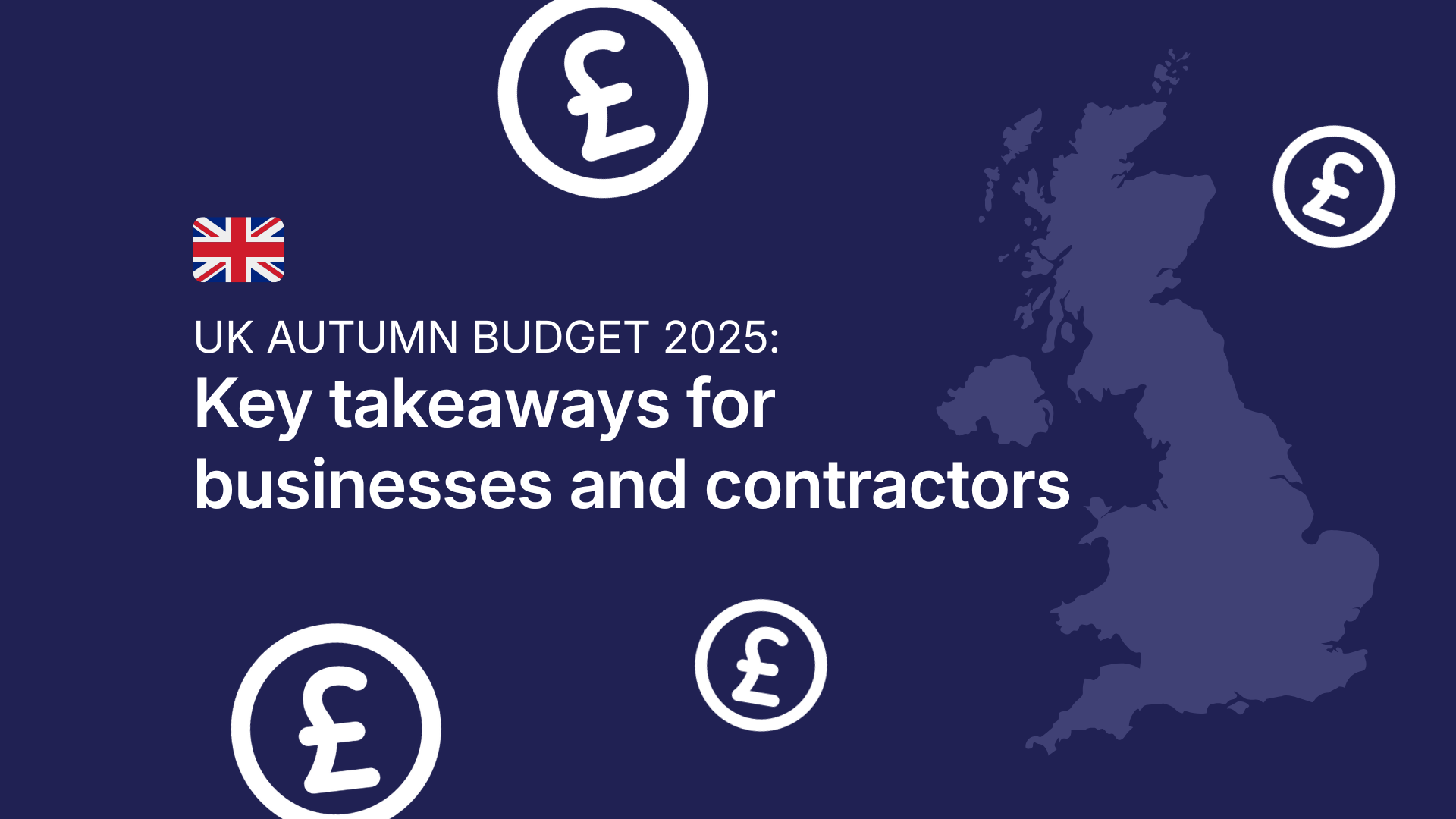Sharing the experiences of both finalists and winners from the 2021 Freelance Awards, we share in-depth insights from the wide range of disciplines featured on YunoJuno. In this interview, Senior Lead Product and UI Designer, Matt Sewell, shares his own experiences working with clients and how he balances running a design business with flexing his creative skills.
“Being a freelancer takes more than just being a good Designer. The business side of the career is as difficult as the design itself. “
Having worked as a freelance designer for over 14 years, Matt first started using YunoJuno in 2014, after working with other freelancers who were already on our books. His first official gig came in 2015 when he answered a brief for a website design for Axa. Since then, Matt has worked with some of the biggest global brands, gaining valuable experience and some great advice for other budding designers looking to make the move into freelance life.
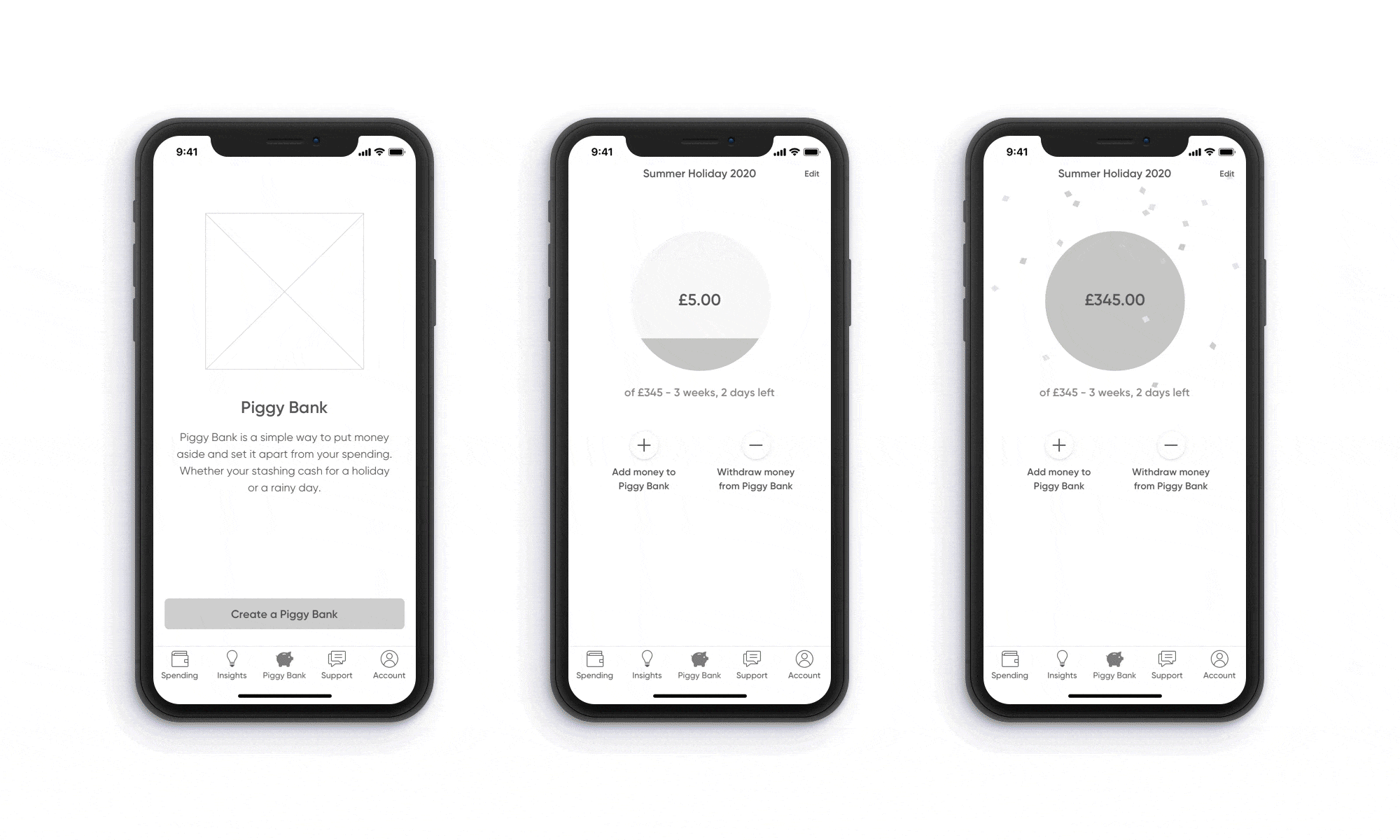
Working in the design and creative industry often means freelance workers are subject to constructive criticism from clients and Matt recommends
As long as the best experience is being created for the user then that should be your main focus. If the thinking is captured and can be referred to later, it'll help you as a Designer come to terms with work that might not be quite what you wanted it to be.
Having gained some valuable experience working on some globally-recognised brands, we asked Matt to share some key features that have previously worked well for him on projects.
I think it’s really important to present your work as coherently and consistently as possible. I’ve started keeping a record of all my design ideas throughout a project and I present them to the client when I finish working with them. This lets them know I could be useful to hire again in the future. I’ve also become more confident in giving honest feedback to clients on their processes.
When asked what advice or tips he’d give to new designers or freelancers looking to branch out into design, Matt’s non-negotiable is a portfolio you should be proud of.
I recommend taking pride in your portfolio and keeping it as up to date as possible. It’s so much easier to do now with tools like Squarespace and Webflow. Remember who the audience is for your work and that sometimes people only spend under five minutes deciding if they are hiring you. Be precise and to the point.
If you’re new to freelancing or haven’t worked on many projects previously as a designer, Matt stresses “make sure you are in a good place to hit the ground running when you start any new project.” As the need for design work from all types of industries, the projects are becoming far more urgent and fast-paced.
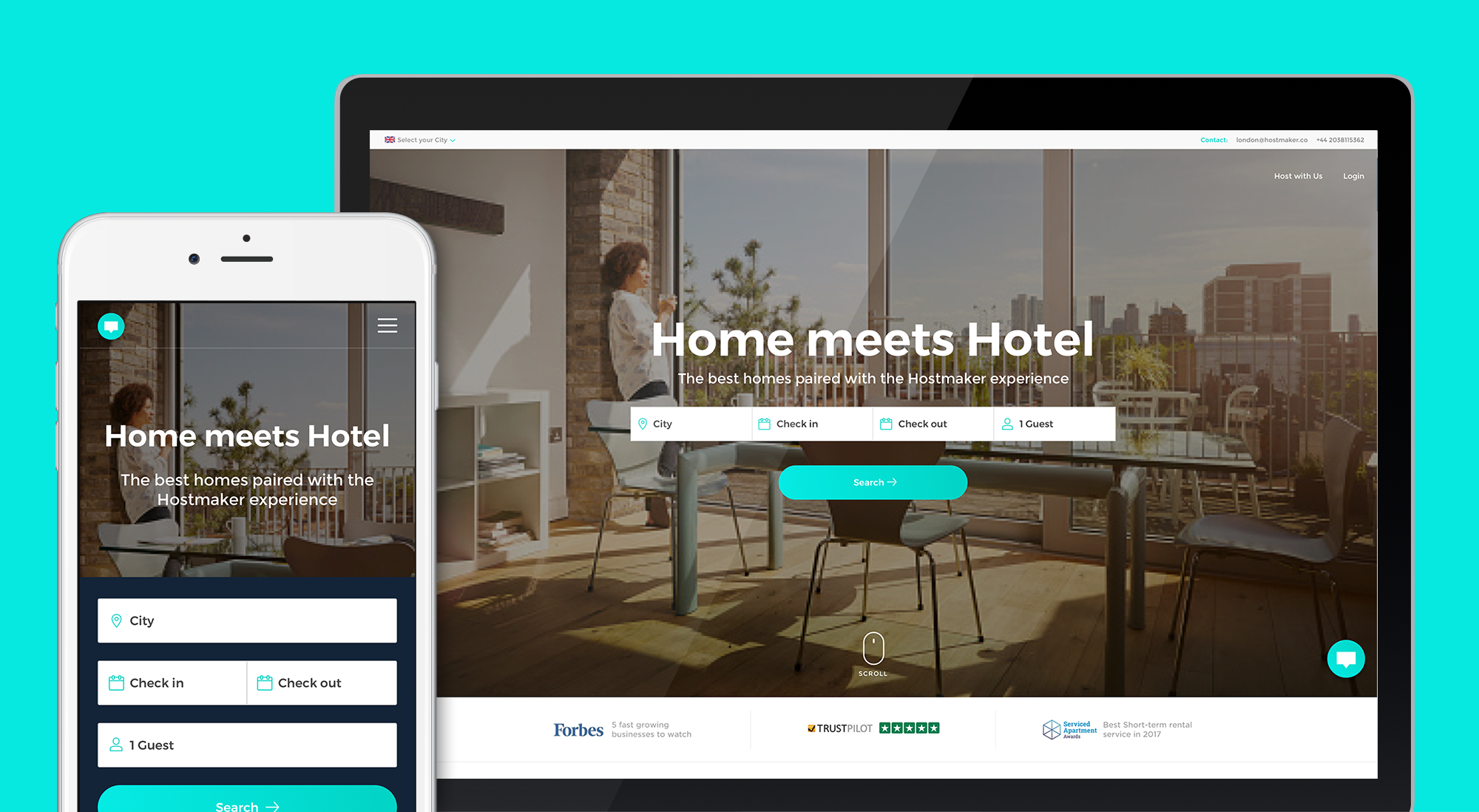
The world of some freelance projects can feel overwhelming to newbies so he recommends
Taking notes, keep a list of software you’ll be required to use and make sure you are as knowledgeable as possible. It's impossible to know everything so be open and honest with clients if you don't know abbreviations or what certain words mean. Breaking down those language barriers into easily digestible knowledge will be passed over to the users in your final designs.
Matt’s key piece of advice for any freelancer is to
Always be open to having a chat with someone about a contract or job opportunity. The role might not be a good fit for you now, but in the future, another project might be right up your street. It means dedicating more time to emailing and speaking to people but it can open up doors you never thought could happen.
Updating design skills and flexing creativity is an essential part of being a designer, and although Matt admits it took him some time to realise he needed to “spend time creating work that isn’t always client-led and computer-based.” Being able to create work that is personal and abstract keeps the balance of working with clients on products that need to be precise and highly detailed.

Not only is it a big part of working on a collaborative project managing client expectations but getting the balance of a client’s design tastes with your own. Matt’s own experience has taught him
More often than not there is a clear direction the designs will take in order to create the best experience for the user. I see this as a fundamental rule of Product Design. Any UI design needed on a web or app-based product usually has a strict size, colour and position in order to keep consistency for any user interacting with it.
Finally, Matt recommends the other essential for any freelancer
Hire a good accountant or ensure you’re knowledgeable of the process yourself to remove any stress relating to accounts and tax returns at the end of each year.
You can check out Matt's abstract art he does to keep himself fresh over on his Instagram Profile, and if you’d like to work with Matt directly, check out his YunoJuno profile below.



